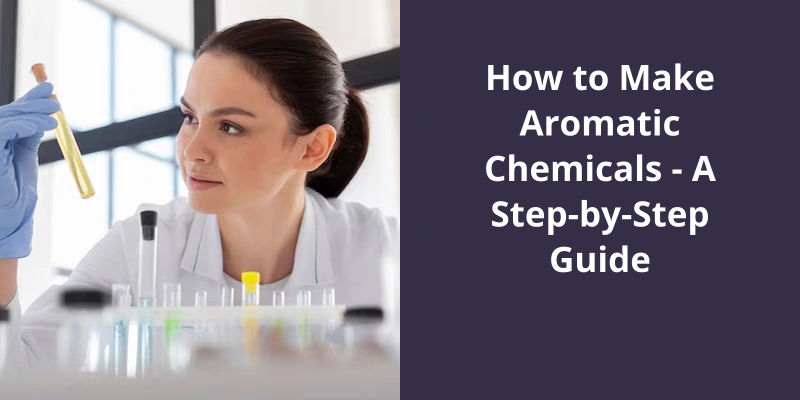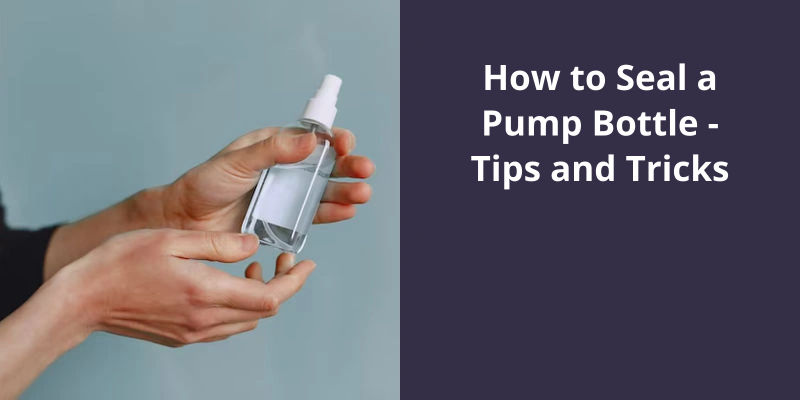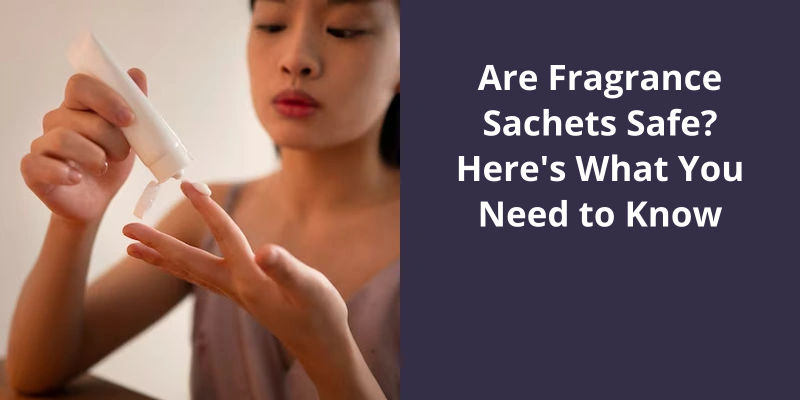Making aromatic chemicals involves several steps. Firstly, we need to extract the natural aromatic chemicals from plant sources. This involves procedures like steam distillation or solvent extraction. This is then followed by purification processes to isolate specific organic compounds. Alternatively, synthetic aromatic chemicals can be prepared in the lab using chemical reactions. Organic chemistry knowledge is essential as it involves reactions like alkylation, acylation, nitration, sulfonation, and so on. These aromatic chemicals are often used in various sectors like perfume, food, and beverage industries. But remember, it’s essential to have a good knowledge of chemistry and to take all necessary safety measures while performing these procedures.

What Classifies a Compound as Aromatic?
The compound benzene is perhaps the quintessential example of an aromatic compound. It’s a cyclic structure consisting of six carbon atoms bonded together in a hexagon. Each carbon atom is also bonded to either a hydrogen atom or another carbon atom. The arrangement of the carbon-carbon bonds is such that every other bond along the hexagon is a double bond. This creates a ring of conjugated pi electrons that are delocalized around the entire ring. As a result, benzene is highly stable and resistant to reactions that would typically break carbon-carbon bonds.
Another key feature of aromatic compounds is their distinctive smell. This is actually where the term “aromatic” comes from–compounds like benzene have a sweet, pleasant odor that’s easily recognizable. This is due to the delocalized pi electron system, which interacts with light in a unique way. The resulting molecular vibrations produce distinct electromagnetic frequencies that are picked up by our olfactory receptors.
It’s worth noting that not all cyclic compounds with alternating double and single bonds are considered aromatic. For example, cyclohexene has a similar ring structure to benzene, but it isn’t considered aromatic because the pi electrons aren’t fully delocalized around the entire ring. In aromatic compounds, all of the pi electrons are able to move freely around the entire ring, which confers unique physical and chemical properties.
Aromatic compounds are also highly useful in a wide range of applications. For example, toluene is widely used as a solvent and feedstock in the production of various industrial chemicals. Benzene has similar uses, but is also a precursor to a variety of important compounds, including aniline, which is used in the production of dyes and pharmaceuticals. Other aromatic compounds, like naphthalene and anthracene, are used in the production of dyes and inks.
The key defining feature of these compounds is their delocalized pi electron system, which confers unique physical and chemical properties. While there are many different aromatic compounds, benzene remains the most iconic example, and it’s discovery paved the way for many subsequent advances in organic chemistry.
Methods for Synthesizing Aromatic Compounds, Such as Friedel-Crafts Alkylation and Acylation.
- Friedel-Crafts alkylation method
- Friedel-Crafts acylation method
- Direct Friedel-Crafts arylation method
- Electrophilic aromatic substitution method
- Nitration method
- Sulfonation method
- Halogenation method
- Reductive coupling method
- Oxidative coupling method
- Hydrogenation method
- Dehydrogenation method
- Deamination method
- Dehydration method
Now that we’ve discussed the characteristics of aromatic compounds, it’s important to understand their significance and applications in various fields such as pharmaceuticals, fragrances, and materials science. Aromatic compounds have unique properties that make them highly desirable and valuable, making them an area of continued study and research. In the following section, we will delve deeper into the applications and importance of aromatic compounds in different industries.
What Are the Characteristics of Aromatic?
Aromatic compounds are hydrocarbons that possess the characteristic aroma. These hydrocarbons have unique physical and chemical properties that make them distinct from other types of organic compounds. One of the most important characteristics of aromatic compounds is their cyclic nature. They’re made up of at least one aromatic ring, which is a closed loop of atoms that consists of alternating double and single bonds between the carbon atoms.
Another characteristic of aromatic compounds is their electron configuration. To be considered aromatic, a compound must have a particular number of pi electrons in it’s ring structure. This number is equal to (4n + 2), where n is a positive integer. This condition is known as Hückels rule. Aromatic compounds that obey this rule exhibit unique electronic properties and are more stable than non-aromatic compounds.
Aromatic compounds are also known for their resistance to reaction with other compounds. They tend to prefer substitution reactions rather than addition reactions. This is because the stability of the aromatic ring is dependent on the arrangement of the pi electrons. Breaking one or more of the pi bonds would destabilize the ring. Substitution reactions, on the other hand, allow other compounds to replace hydrogen atoms in the ring structure without disrupting the pi electron system.
Additionally, aromatic compounds typically possess resonance energy. This is the energy released or absorbed when pi electrons delocalize between two or more atoms in a compound. Because aromatic compounds have delocalized pi electrons, they can take on multiple resonance structures. The more resonance structures a compound can support, the more stable it is. This makes aromatic compounds some of the most stable organic compounds in existence.
The characteristics of aromatic compounds make them a unique and valuable class of organic compounds with a wide range of applications. Their cyclic structure, electron configuration, resistance to addition reactions, and resonance energy are all important factors that contribute to their stability and versatility. These properties enable them to be used in a variety of industries, including pharmaceuticals, polymers, and fragrances, among others. Aromatic compounds continue to play a vital role in many fields of science and technology, and their importance is likely to grow in the future.
Now that we’ve a basic understanding of what aromatics are and their relevance in the culinary world, let’s explore some specific examples that are commonly used in various global cuisines.
What Are 3 Examples of Aromatics?
Onions are arguably the most commonly used aromatic in culinary arts as it’s used in almost every savory dish you can think of. Onions are versatile in nature and can be used to flavor different types of meals such as soups, stews, sauces, and even stir-fries. They add depth and richness to dishes and can be prepared in various ways to impart different flavors.
Carrots are another example of aromatic vegetables used in the culinary arts. This root vegetable is known for imparting a subtle sweetness and delicate flavor to dishes. In many recipes, carrots are sautéed with onions and celery to create a flavor base known as mirepoix which is an essential ingredient for making stocks, soups, and stews. Carrots are also used in many dishes as a side, boiled or roasted for a pleasing texture and taste.
Celery is another common aromatic used in cooking. It’s primarily valued for it’s crunchiness, subtle flavor, and health benefits. Celery is an excellent ingredient used in many recipes ranging from soups, stews, and salads to main courses. It’s leaves and ribs can be used to create mirepoix and other flavor bases in many dishes.
Ginger is another popular aromatic used in many cuisines globally for it’s distinct flavor and aroma. It’s an essential ingredient in Asian and Middle Eastern recipes such as curries, stir-fries, and soups. Ginger can be used fresh or dried, grated or sliced, and can be added to dishes whole or made into a paste. It’s several health benefits such as relieving nausea and inflammation making it an excellent ingredient for health-conscious individuals.
Peppers, whether fresh or dried, are also an aromatic commonly used in cooking. Peppers can be used in many recipes ranging from stews, sauces, marinades, and salsas, among others. They’re rich in antioxidants and vitamins making them a healthy addition to meals.
Aromatics are a group of vegetables used in culinary arts to add flavor, aroma, and depth to dishes.
The Science Behind Aromatics and How They Work to Enhance Food Flavors
Aromatics are natural substances found in plants, herbs, and spices that contribute to the taste and smell of food. They work by stimulating the taste and smell receptors in our mouth and nose, creating a more intense sensory experience when eating. The science behind aromatics involves the compounds that give them their distinctive smells and tastes, as well as how they interact with the other ingredients in a dish.
There’s no denying that the world of perfumery is a complex and fascinating one, involving an array of natural sources and synthetic ingredients to create signature scents. While some might assume that perfumes only come from flowers and other botanicals, the truth is that the list of potential perfume chemicals is a diverse one. From coal and tars to animal secretions, the sources of these fascinating ingredients may surprise you. Read on to learn more about the origins of the scents you love.
Where Do Perfume Chemicals Come From?
Perfume chemicals are sourced from a vast array of natural and synthetic ingredients. Fragrance houses constantly search the globe for new and interesting raw materials to enhance their creations. Natural ingredients like jasmine, rose, lavender, bergamot, musk and amber are all highly sought after and used frequently in top-quality perfumes. These natural ingredients are often extracted via steam distillation, enfleurage, or solvent extraction.
When it comes to synthetic ingredients, fragrances are crafted in a lab rather than extracted from nature. The development of synthetic chemicals has revolutionised the fragrance industry, as perfumers now have an almost unlimited palette of scents to work with.
Some of the synthetic ingredients used in perfumes include aldehydes, musks, and aromachems. Aldehydes are synthetic compounds that can add a sparkling effect, mimicking the smell of fresh-cut grass, and create a soapy or clean scent. Musks can be animal-derived or synthetic, and are used to add depth and longevity to a fragrance, increasing it’s staying power and overall strength. Aromachems are synthetic compounds designed to mimic natural scents like violet, lily of the valley, or citrus fruits.
Raw materials used in fragrances are often grown and harvested in developing countries like India or Madagascar, and their production provides an important source of income for local communities. For example, the production of jasmine essential oil, which is used in many perfumes, provides a livelihood for numerous families in rural India. Co-operatives and fair trade initiatives help ensure that producers receive a fair price for their labour and create a more sustainable and equitable industry.
Overall, the formulation of perfume is a complex process that involves sourcing and mixing various plant-based essences and synthetic chemicals to create an alluring scent. Perfumers draw on centuries-old wisdom and modern science to create fragrances that express a unique message or aesthetic vision. From the ingredients used to how they’re sourced and manufactured, perfume is an art form that blends creativity, science, and global trade.
The Environmental Impact of Perfume Production and Ways to Make the Industry More Sustainable.
- Reducing packaging waste by using eco-friendly and reusable materials.
- Using natural and renewable ingredients instead of synthetic ones.
- Developing more sustainable production processes to reduce energy and water use.
- Encouraging consumers to recycle empty perfume bottles.
- Supporting ethical sourcing and fair trade practices.
- Offering refillable perfume bottles to reduce the amount of packaging waste.
Understanding the factors that determine aromaticity is important for chemists to accurately identify and classify chemical compounds. This article will delve deeper into the concept of aromaticity, including how it relates to chemical structure and properties, as well as the various aromatic compounds that exist in nature and industry.
What Makes a Chemical Aromatic?
The concept of aromaticity is an important one in organic chemistry, and refers to a specific type of chemical structure that’s characterized by a planar loop of electrons in overlapping p orbitals. In order for a molecule to be considered aromatic, the loop must contain a specific number of electrons, which is given by the equation 4n+2, where n is an integer greater than or equal to 0.
This type of electron cloud is what gives aromatic compounds their unique properties, including their stability and reactivity. The electrons in the loop are highly delocalized, meaning that they’re spread out over a large area of the molecule rather than being confined to specific atoms or bonds. This delocalization gives the molecule a certain degree of stability, which can make it less reactive than other types of compounds.
One of the most well-known examples of an aromatic compound is benzene, which consists of a six-carbon ring with alternating single and double bonds. The electrons in the double bonds overlap to form the planar loop of pi electrons, which gives benzene it’s characteristic stability and resonance structures. Other common examples of aromatic compounds include naphthalene, anthracene, and pyridine.
By understanding the properties of aromatic compounds and the factors that contribute to their stability, chemists can design new compounds with specific properties and functions. For example, many drugs and pharmaceuticals are based on aromatic compounds, which can interact with specific receptors in the body to produce therapeutic effects.
The Role of Aromaticity in Organic Synthesis, Including the Use of Aromatic Compounds as Reagents and Intermediates in Various Reactions.
- Benzenes
- Toluene
- Xylenes
- Naphthalene
- Phenol
- Aniline
- Toluene sulfonic acid
- Aromatic nitration
- Aromatic halogenation
- Aromatic sulfonation
Source: Aromatic compound
Now that we understand the difference between synthetic and natural aromatic chemicals, let’s take a closer look at the process of how these chemicals are made. It’s a complex process that involves a combination of science, technology, and creativity. From the selection of the raw materials to the isolation and extraction of the final product, every step plays a critical role in the quality and aroma of the end product. So, let’s dive in and explore the world of aromatic chemicals and how they’re made.
How Are Aromatic Chemicals Made?
However, synthetic aromatic chemicals have become the preferred method for producing aroma chemicals as it allows for the creation of a wider range of fragrances. The process typically involves starting with a petroleum-based feedstock, such as benzene or toluene, and applying a series of chemical reactions to produce the desired fragrance compound. These reactions can be done using a variety of methods such as halogenation, nitration, or reduction.
There are many factors that can affect the aroma chemical production process. For example, the temperature, pressure, and concentration of reactants can all affect the rate and yield of the reaction. Other factors such as pH, solvent choice, and choice of catalyst can also have an impact on the process. Additionally, safety considerations must be taken into account, as many of the chemicals used in the production process can be hazardous if not handled properly.
Overall, the production of aroma chemicals is a complex process that requires a detailed understanding of organic chemistry principles. As demand for these compounds continues to grow, it’s likely that new and innovative production methods will be developed to meet the needs of the industry.
The History of Aromatic Chemicals and Their Use in Perfumes, Cosmetics, and Household Products.
- Ancient civilizations such as the Egyptians, Greeks, and Romans used aromatic substances in perfumes, cosmetics, and religious rituals.
- In the 9th century, Avicenna, a Persian physician and chemist, wrote a book on the distillation of essential oils.
- In the 16th century, essential oils were extracted from various plants, such as lavender and rose, for medicinal and cosmetic purposes.
- In the 19th century, synthetic fragrances were developed, starting with coumarin in 1820 and vanillin in 1874.
- Today, aromatic chemicals are used in various products such as perfumes, cosmetics, cleaning agents, and food and beverage products.
Conclusion
In conclusion, the process of creating aromatic chemicals is a complex yet fascinating one, requiring a deep understanding of chemistry and the use of various techniques and technologies. Whether it involves isolating essential oils from plants, synthesizing compounds in a laboratory, or refining crude oil, the goal remains the same: to produce fragrant and valuable substances that can be used in a range of applications, from perfumes and cosmetics to pharmaceuticals and food additives. Ultimately, the success of their efforts will depend not only on their technical expertise but also on their ability to balance innovation with sustainability, ensuring that the creation of aromatic chemicals doesn’t come at the cost of our environment or health.





